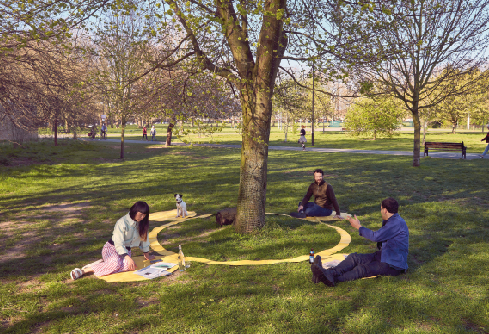Thesaurus 2021 |
Restarting with wordsThe global ‘freeze’ is rewriting the rules of everyday life. We’re going through a period that offers no clarity as to the immediate future nor any indication as to when we might truly get back to normal.
What is certain is that workplaces, shops, leisure facilities and meeting places have all had to completely reinvent themselves. Offices have moved into the home, businesses have been hard at work converting production facilities and even big-name brands have, in a sense, had to face major upheavals on the production, product design and resource management fronts.
Our habits have also changed: lockdowns offered unprecedented opportunities for introspection and acquiring new skills, giving us a chance to imagine fresh scenarios and lay the foundations for improvement.
Hence our Thesaurus project, which describes this period of change through the words that epitomise this mind-boggling bounce-back era.
So, how will all this impact the world of surface design?
A
Antibacterial
Never before has so much attention been paid to whatever makes surfaces hygienic, aseptic and safe. From our own hands to the rooms in which we live and work, the quest for all things antibacterial has become a key part of everyday life. Devices designed to sanitise objects, cars, clothes: companies are striving ever-harder to meet the burgeoning demand for new, immediate solutions to meet this vital need.
One example stands out: Carlo Ratti has designed ‘Pura Case’, a mini clothing purifier that’s not just useful but also offers eye-catching design.
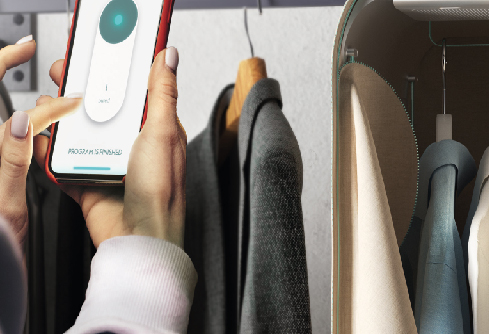
B
Barrier
In addition to the ever-present social distancing, barriers are playing a pivotal role in getting public premises up and running by keeping people safely apart in shops and preventing exhaled droplet diffusion. Plexiglass screens are therefore becoming a must for ensuring customer safety in places open to the public. This need has generated a flurry of creativity from designers. For example, Matteo Cibic has created art deco-inspired transparent ‘social tools of tomorrow’, decorative screens for hospitality businesses such as hotels and restaurants.

C
City
The March-to-May lockdown saw us – rightly – forced to stay at home as much as possible, going out only for necessities and only in our home towns. This had the unexpected advantage of allowing us to rediscover all things local, a reality that – even though it’s always been under our noses – we’d largely overlooked. The desire to experience shared spaces and enjoy an authentic nearby social scene looks set to be a post-pandemic constant.

D
Domotics
Making homes more efficient through domotics is a growing field. From IoT to Digital Transformation, in the home or on company premises, high-tech is one of the hottest topics. This shift has brought with it fresh aesthetics and all-new, higher-performing materials with constantly evolving characteristics.
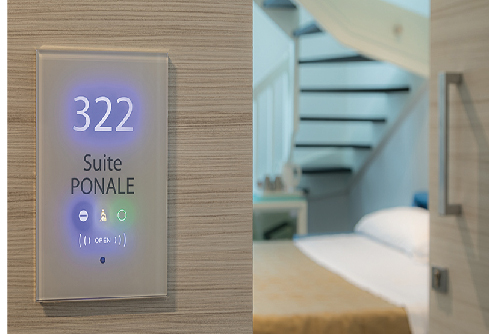
E
Escapism
Many companies’ marketing decisions now centre on building hope. Hence the advent of physical places transformed into engines of imagination, powering a healthy feel-good factor. Designers are coming up with dream-like spaces that let us escape reality. Places capable of making us carefree. This trend towards luxuriant, dreamy buoyancy is evident on the prestige brand retail scene.
Aesthetics become fluid, colours distinctive, patterns surreal. And the boundary between reality and fantasy grows thinner and thinner.
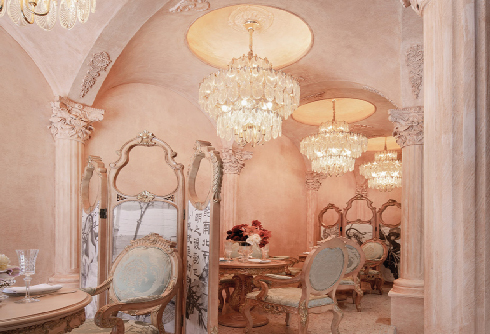
F
Frugality
Moderation has heralded the arrival of lean minimalism, the antithesis of the baroque ‘never too much’ approach. Frugality, in fact, might just offer us a path back to normality. Neutral tones, orderly shapes, essential materials and a ‘back to basics’ approach will, as this new era begins, take on an ever greater role.

G
Game
Our desire for optimism, leisure and light-heartedness takes the form of colourful, beguiling, playful aesthetics. Design has come up with fun-filled shapes, striking colours full of contrast, cool graphics and alternative materials, all against a backdrop of merged international styles.
Hints of ‘pop’ combined with a decidedly young outlook give these spaces a sense of the surreal.

H
Holism
In vitalism-derived biological theory, Holism refers to the relationships and functional interdependencies between the parts making up the individual. It’s about finding places to reflect, relax and meditate in the name of well-being. Disconnecting from the daily routine to dive into light, minimalist surroundings that exalt humanity’s harmonious coexistence with nature. The quest for holistic calm through design allows us to detox from stress and experience spaces in a way that restores our energy levels.

I
Isolation
One word we all learnt during lockdown was isolation; it was something we all experienced too. The meaning of the word is now specifically linked to the health emergency, so much so that the Treccani encyclopaedia reads:
isolation noun [deriv. of to isolate]. – In general, the act of isolating, and the state, the condition of who or what is isolated. 1. Referred to persons: a. Hygienic measure by which one or more patients suffering from an infectious and contagious disease are separated from healthy persons for its entire duration: place in i.; arrange for the i. of a patient; i. ward, hospital wing where the ill are hospitalised due to contagious disease.
Isolation has had – and will continue to have – an impact on how spaces are designed and on all our daily habits.

J
Jungle
To be outdoors, in the midst of nature, proved to be one of the strongest post-lockdown urges.
Current living needs and priorities have produced a sea change in house-hunting goals, with more spacious homes – perhaps with balconies and terraces – in strong demand.
Access to green spaces – and not just outdoor ones or those with a view – is going to play a pivotal role. And for those who have no access, Jungle-like interior design colours are set to dominate.
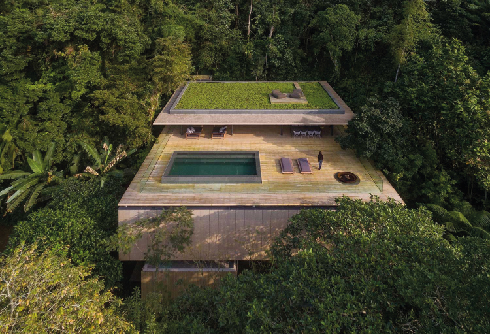
K
Kitchen
The kitchen was one of the most ‘rediscovered’ places during lockdown. Conviviality, safety and familiarity have opened up a new chapter where preparing dishes with genuine farm-to-table ingredients using the tools of local tradition goes hand-in-glove with the advantages provided by cutting-edge technology. In the midst of it all lies design, energetically drawing all the threads together to create products perfect for a new era.

L
Legacy
Evoking historical places in the name of tradition while giving them a contemporary re-think is one of today’s biggest design challenges. From classic materials to art deco aesthetics, the past offers our psyche a sense of safety and certainty that helps us gain a positive perspective.

M
Manufact
Inexact handmade artefacts created with local materials and traditions are being rediscovered in a big way, reflecting a renewed interest in the provincial, the regional and the national. In a reversal of more international outlooks, we’re rediscovering everything that surrounds us, everything that represents tradition and, indeed, our very origins.

N
Nostalgia
A burgeoning desire to re-experience – through our senses – places and situations that belong to the past: this nostalgia has triggered a vintage/retro design revival, not in the sense of decadence but in terms of high quality, impeccably maintained surfaces. And the stars of that revival are the styles of the 50s, 60s, 70s and 80s.

O
Order
Places without background ‘noise’, where each element stands out clearly. Never has the ‘less is more’ concept been so topical: brands that downsize and invest in research and development will be rewarded with customers seeking ever-better performance and quality. Brands need to encourage customers not to ‘hoard’, but ‘select well’. Spaces have a minimalist feel, with Northern European aesthetics and monochromatic materials offering a uniform, unbroken look.
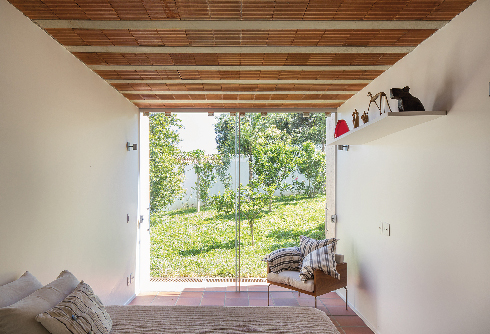
P
Phygital
The word Phygital (physical+digital) refers to the interaction of the physical (analogue) and the digital via technologies capable of creating entirely new experiences. Some examples? 3D printers, which convert digital signals into physical objects, QR codes, wearable devices (e.g. Google Glass), contactless/biometric tools, cameras such as the latest Polaroid models (that let you print photos immediately and share them via Wi-Fi), augmented reality and much more.
From analogue to digital, there’s an increasing need to find a middle ground. To keep things physical things but without losing the convenience of digital. Physical and digital: merging to form a new world where everything, even experience, is dematerialised. The Internet of Actions (IoA) illustrates a digital future in which man and technology ‘partner up’ to create a ‘mixed reality’ in which a set of algorithms are linked to human decision-making processes.
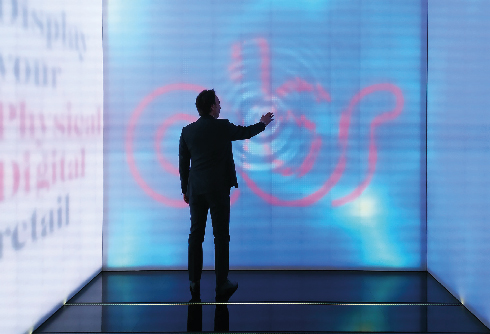
Q
Quality
Here, quality means selecting and using materials with a view to sustainability. Merging value, meaning and longevity creates a new paradigm in which products evolve to become artifacts instilled with values and are designed to last longer. Narrower product ranges from businesses, fewer, smaller seasonal collections from the fashion industry (G. Armani and A. Michele) and attentiveness to waste are all issues that have rightly forced us to re-think the pre-emergency consumerism model.

R
Ritual
Rituals can instil confidence, something we could all do with in light of recent events. Anything that evokes a lifeline – such as places, buildings, the retrieval of objects from the past – deserves careful consideration.
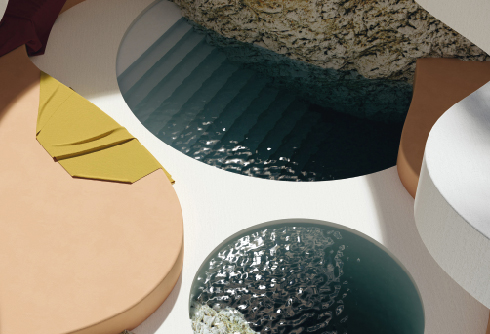
S
Sustainability
Every day, the media alerts to the fact that we have little time to save the world from global warming. The potential damage threatens to create disturbing scenarios that offer little reassurance for the future. Activism has gone from strength to strength in recent years (just think of Greta Thunberg). Famous figures have joined the fray to build awareness on the matter. Even companies – from start-ups to multinationals – are extending their commitment to waste reduction and resource re-utilisation.
Natural fibres, plastic recycling and the re-use of vegetable/animal waste have merged to create an imperfect, fuzzy aesthetic that’s already added much to the designer’s toolbox.
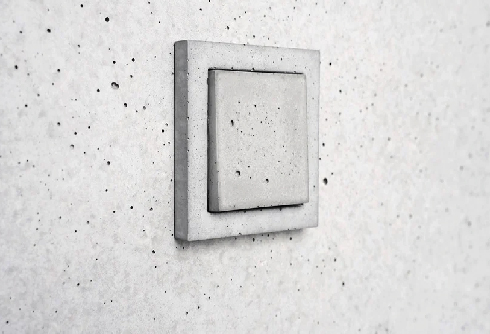
T
Touchfree
There are plenty of ways to fight the spread of the virus, yet health authorities continue to see proper hand hygiene as essential. So we’ve seen public spaces equipped with touch-free sanitizing gel dispensers and more besides. What’s more, companies are also gearing up to make other commonly used devices touch-free (e.g. in bathrooms, canteens and communal areas).

U
Utopia
The pandemic has confined people to their homes and undermined some of their certainties. That’s why a new generation of visual artists is creating utopian landscapes, buildings and interiors that let the imagination run riot.
Renderings depicting ethereal seaside homes in surreal, pastel-hued landscapes have become popular in recent months as people look to be transported beyond their four walls.

V
Versatility
Adapting to unpredictable situations became an essential lockdown skill. We had to learn more than just new hygiene practices: we had to deal with radical changes in social interaction. Not to mention workplaces, where readjustment proved to be crucial, especially for team members who found themselves – for the first time – having to be ‘remotely agile’.
This versatility has spilled over into the domestic sphere, making homes the venue for everything, from work and exercise to cooking.

W
Workplace
The lockdown has led us to re-think our homes, to make them multi-functional, suitable for everyday living and working. The search for the perfect webcam background triggered a quest for new objects, furnishing accessories and colours capable of matching or even enhancing the setting.

Y
YouTube
YouTube was the entertainment channel par excellence during lockdown, and much more besides. The lack of events, such as trade fairs, saw companies showcasing their products on this American platform with live-streamed presentations and promotional videos. Even public bodies, such as universities, adapted by shifting lessons and graduation ceremonies on-line.
What’s more, YouTube announced that cooking tutorial views had increased by 400%, with home workout videos also enjoying a boom.
In short, a platform that successfully met a vast array of lockdown needs.

Z
Zoning
Zoning, in general, refers to the partitioning of areas into separate zones as a way of nurturing a return to socialising. Both indoors and outdoors, spaces are now designed with social distancing in mind, presenting designers with yet another challenge.
